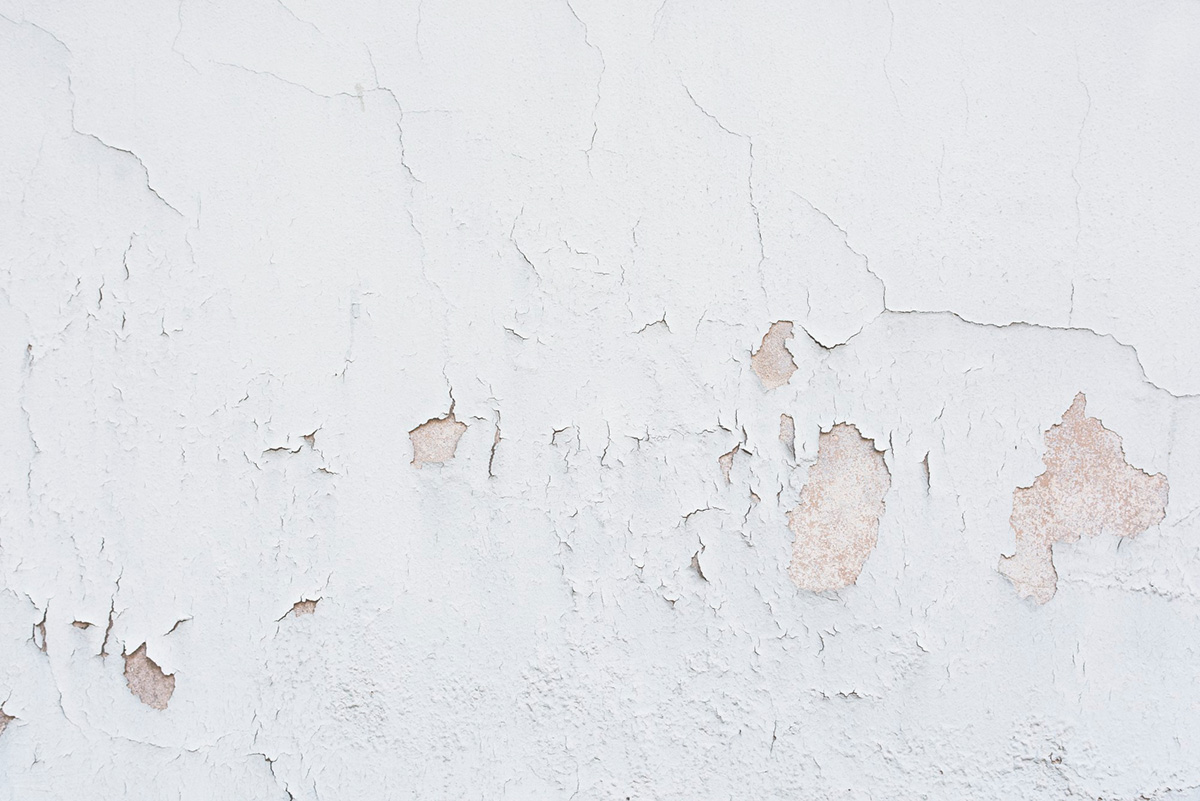Reasons for Intercoat Peeling and How to Prevent It

Painting is a necessary step in home improvement and maintenance, from updating your home’s color palette to providing protection from the elements. However, a major issue that can arise during the painting process is intercoat peeling. Intercoat peeling happens when two coats of paint do not bond together properly, resulting in a flaky or peeling finish. In this blog article, we will discuss the reasons why intercoat peeling occurs and how to prevent it from happening.
1. Inadequate Surface Preparation
One of the main reasons intercoat peeling happens is because of inadequate surface preparation. The surface should be cleaned thoroughly before any paint is applied, and it should be completely dry. Any dirt, grime, or dust left on the surface can interfere with the bonding of the paint layers. Therefore, it is essential to wash the surface thoroughly and let it dry completely before painting.
2. Incompatibility of Paint Products
Another crucial factor that can cause intercoat peeling is using incompatible paint products. The different types of paints have different chemical properties, and if you use two different types of paint that are not compatible with each other, they may not bond properly. It is essential to use paint products that are compatible with each other to prevent intercoat peeling.
3. Applying Paints Too Thickly
Applying paint too thickly is another common reason for intercoat peeling. If a coat of paint is too thick, it will not dry properly and will not bond properly with the next coat. Therefore, it is essential to follow the manufacturer's recommendations about the application of paint. It is also crucial to let the paint dry completely between coats.
4. Application of Paint in High-Humidity Conditions
Painting in high-humidity conditions can cause intercoat peeling. If the air is too humid, the paint will not dry properly and will not bond properly with the next coat. Therefore, it is essential to avoid painting in high-humidity conditions and to keep the painting area well-ventilated.
5. Low-Quality Paint Products
The quality of the paint products you use can also cause intercoat peeling. Using low-quality paint products will not provide a good finish, and the paint may not bond properly with the previous coat. Therefore, it is essential to use high-quality paint products and to follow the manufacturer's instructions carefully.
Conclusion
In conclusion, intercoat peeling is a common issue that can arise during the painting process. By understanding the reasons why intercoat peeling happens and how to prevent it, you can ensure that your painting projects have a smooth and successful finish. To ensure that your next painting project is free from intercoat peeling, it is important to use high-quality paint products and to follow the manufacturer's recommendations carefully. If you are looking for professional painters in Orlando, FL, contact Lakestone Painting today for a free consultation. They can help you with all your painting needs, from surface preparation to choosing the right paint products and application.